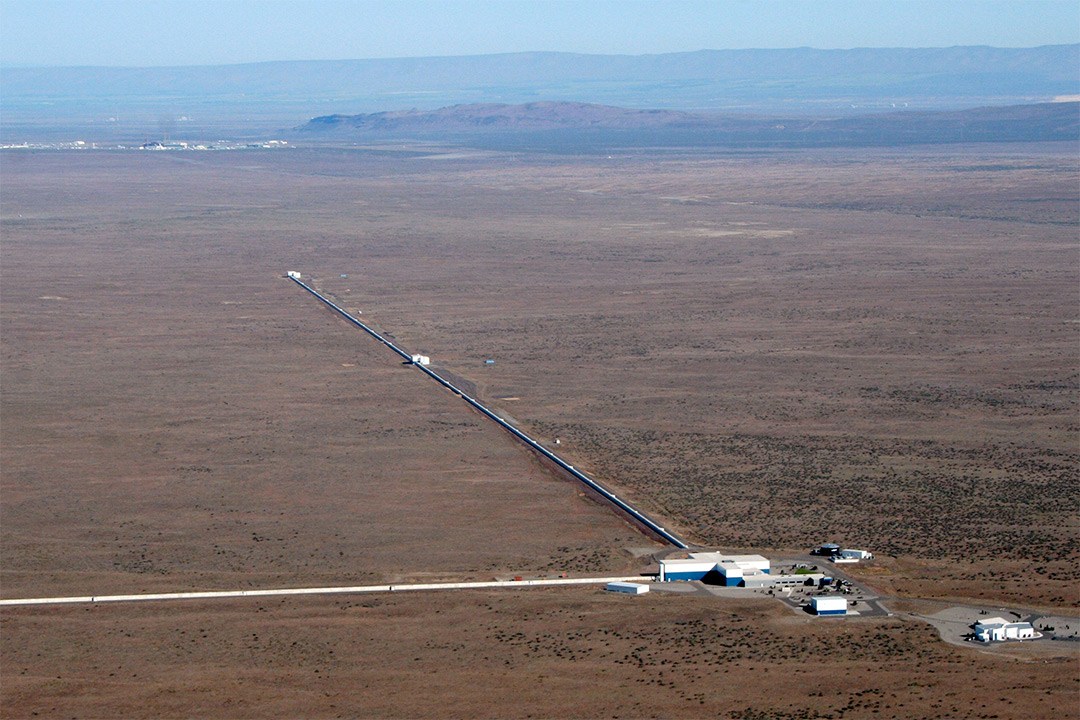
The hunt for gravitational waves is back on. After a series of upgrades, the National Science Foundation’s Laser Interferometer Gravitational-Wave Observatory (LIGO) will resume its search for ripples in space and time on Monday, April 1 — no joke.
LIGO is famous for making the first direct detection of gravitational waves in 2015, for which the observatory’s founders were awarded the Nobel Prize. The observatory was able to detect gravity waves generated by two colliding black holes which were located 1.3 billion light-years away from Earth, and since then has observed nine more black hole mergers and one collision of two neutron stars.
Gravitational waves are ripples in the fabric of spacetime, caused by massive bodies which bend it like a bowling ball placed on a rubber sheet. They were predicted by Einstein as part of his general theory of relativity in 1916, but it took nearly a century for physicists to observe them because the effects are so small. Since these waves have been detected, they can be used to investigate cosmic objects as an alternative to light-based telescopes.
Now the team at LIGO hopes to study gravitational waves in greater depth, using the observatory which has been treated to upgraded lasers, mirrors, and other components which will allow it to begin its longest and most sensitive observational run so far. They will be looking at more black hole mergers but will also search for other extreme events like the merging of two neutron stars, or the merger of one black hole and one neutron star.
As well as these large and powerful events, scientists will also search for weaker but continuous signals like those given off by spinning neutron stars. It may be possible to detect gravitational waves by looking at data collected over a long time period.
“As someone studying continuous waves, the improved sensitivity and the longer observing run means we can probe into our sources in a more interesting way,” John Whelan, associate professor at Rochester Institute of Technology and a leader of a group in the LIGO Scientific Collaboration, said in a statement. His team is investigating Scorpius X-1, a promising source of these continuous gravitational waves. “It is the brightest continuous source of X-rays besides the sun,” Whelan explained, “and it’s a binary system of a neutron star and another less massive star.”
The upgrades to LIGO should allow researchers to find more gravitational waves from different sources, seeing events an average of 550 million light-years away, or more than 190 million light-years farther out than before. Calum Torrie, LIGO’s mechanical-optical engineering head at Caltech, is proud of the achievement already: “One of the things that is satisfying to us engineers is knowing that all of our upgrades mean that LIGO can now see farther into space to find the most extreme events in our universe,” he said.
Editors' Recommendations
- 2020 Nobel Prize for physics goes to pioneering black hole scientists
- Colliding black holes could explode in epic light flares
- Could the supermassive black hole at the center of our galaxy harbor a wormhole?
- Physicists may have detected first-ever collision of black hole and neutron star




